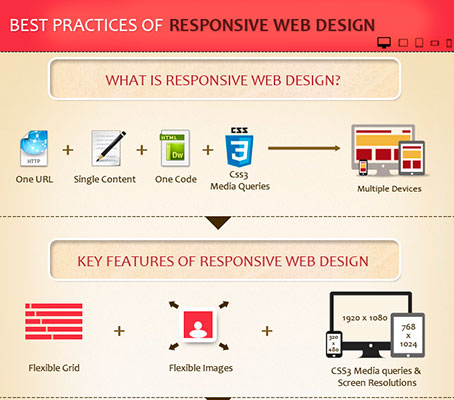Site Design Basics: Tips For Structure A User-Friendly Site
Site Design Basics: Tips For Structure A User-Friendly Site
Blog Article
Write-Up Composed By-Le Thrane
When it pertains to website design, ensuring user-friendliness is crucial. From responsive layout to streamlined navigation, every element plays a critical duty in developing a website that deals with your target market's requirements. But what concerning the better details that can make or damage a customer's surfing experience? Stay tuned as we reveal some often-overlooked ideas that can elevate your website's usability to the next level, making it absolutely stand out in the electronic landscape.
Significance of Responsive Style
Receptive design is a vital facet of modern site advancement. Ensuring https://content-marketing-blog28506.thenerdsblog.com/39944954/are-you-prepared-to-explore-the-upcoming-trends-in-website-holding-that-begin-with-the-letter-a is receptive methods that it can adjust to different screen dimensions and devices, supplying a smooth experience for individuals.
With the increasing use smartphones and tablets to access the web, having a responsive design is important for reaching a bigger audience. It assists in enhancing individual experience by making your internet site simple to browse and continue reading any gadget.
Additionally, responsive style can favorably impact your online search engine positions, as online search engine like Google prioritize mobile-friendly internet sites. By having simply click the following article , you're additionally future-proofing your site, as brand-new devices with differing screen dimensions remain to arise.
Simplify Navigating Structure
To improve user experience and assist in easy access to information on your website, enhancing the navigating framework is paramount. When making your website, concentrate on creating a clear and instinctive navigation food selection that aids site visitors find what they're trying to find swiftly.
Limit the number of menu things to the essentials, grouping relevant pages with each other to avoid overwhelming individuals. Usage descriptive labels that plainly show the content of each page, making it simpler for individuals to comprehend where each web link will take them.
Take into consideration applying dropdown menus for subcategories to avoid littering the main navigating bar. Additionally, include a search bar plainly on the web page for users who prefer searching for particular information.
Prioritize mobile responsiveness in your navigating layout to ensure simple accessibility on all devices.
Enhance Web Page Load Rate
Improving web page tons speed is vital for keeping visitors on your internet site. Slow-loading web pages discourage users and can bring about high bounce prices. To enhance web page lots speed, begin by optimizing pictures. Press photos without endangering high quality to lower their file dimensions.
Additionally, enable web browser caching to save often accessed resources in your area, quickening tons times for returning site visitors. Minify CSS, JavaScript, and HTML documents by eliminating unneeded characters, remarks, and formatting, enhancing lots rate.
Think about utilizing a material delivery network (CDN) to distribute your web site's material throughout multiple web servers worldwide, decreasing latency for individuals accessing your website from various places. Lastly, restrict using third-party scripts and plugins, as they can substantially affect tons times.
Conclusion
Finally, by including responsive layout, simplifying navigation, and enhancing web page lots rate, you can produce an user-friendly web site that interest a wider audience and improves individual experience. These essential elements make sure that site visitors can quickly accessibility and navigate your site across various gadgets, causing enhanced interaction and contentment. By focusing on these key elements, you can construct an effective internet site that maintains users returning for even more.
